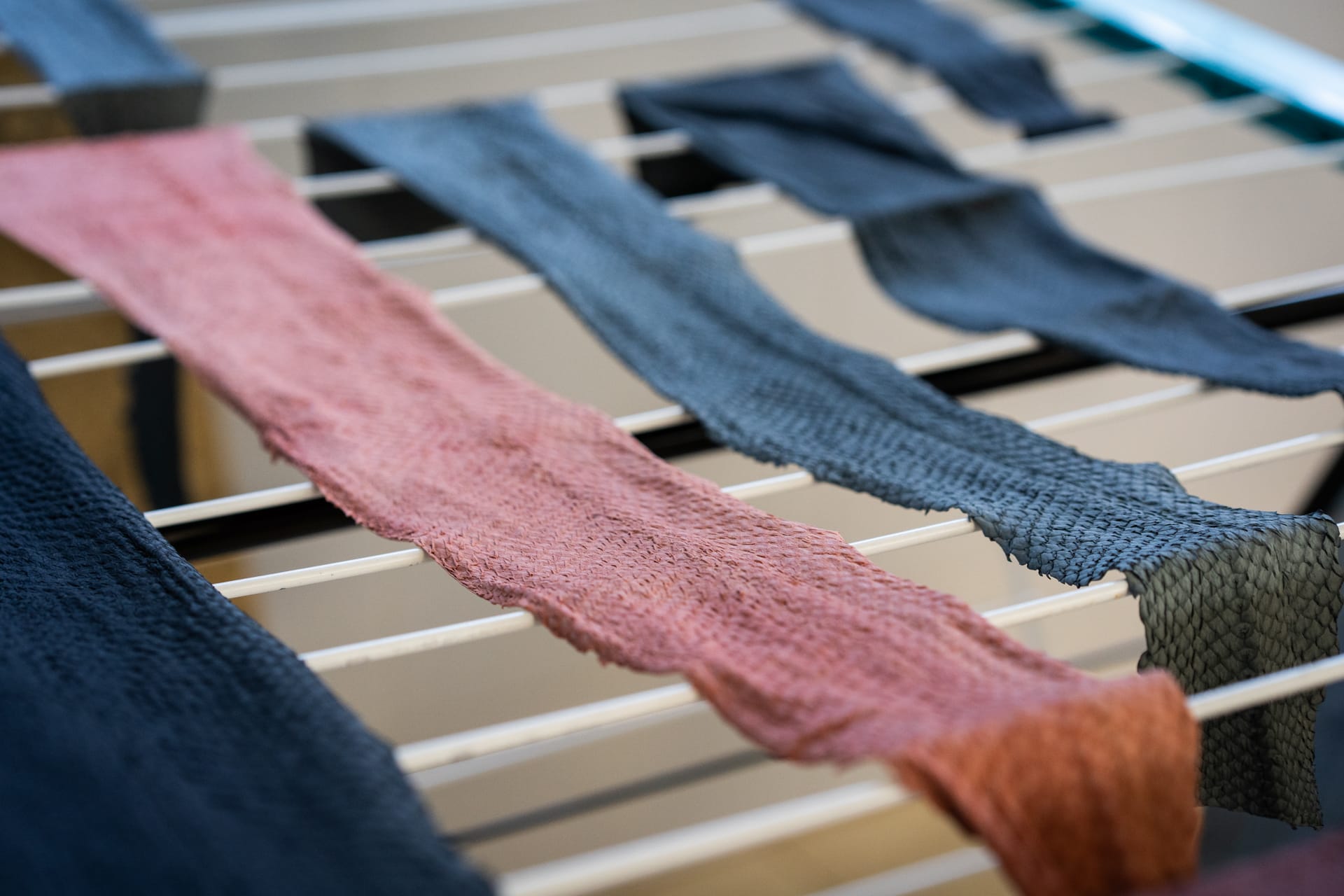Overall, in the leather trades, 68% of workers are women and 32% are men. But these figures vary in certain trades such as leather goods or glove making, where the proportion of women can reach 80%. In footwear, it is more like 60%. On the other hand, in the more physical trades such as hide collection or tanning, the figures are reversed, with 65% men and 35% women. What role can diversity and inclusion play in preserving and developing excellent know-how? A look back at these craft trades that are becoming more feminine with Frank Boehly, President of the National Leather Council.
Would you say that the craft trades are becoming more and more attractive?
Indeed, there are manual jobs that are particularly attractive. This is the case, for example, for those associated with leather goods: making a bag for Chanel, Hermès or Louis Vuitton is rewarding, because these are high-quality products that require a great deal of know-how. This attractiveness is reflected in all the other professions that people don’t necessarily think of immediately, such as shoes or gloves, where a certain number of profiles end up when they were initially destined for something else.
How do you explain the feminization of certain leather crafts?
As in many trades, the breakthrough of women in leather is increasingly important. Globally, there are many women from administrative professions who are turning to the craft trades, perhaps
because they are more curious than men, more creative or less routine. The manufactured products themselves are of particular interest to women.
However, it should be remembered that some leather trades are already essentially reserved for women, such as those that require dexterity or technical skills, like stitching in leather goods or footwear. The feminization of these trades is therefore not the most obvious. On the other hand, some training courses, such as the compagnonnage, are now open to women, which was not the case before. This is the case for bootmakers and cellarmen, for example. Today, among the apprentices who do the tour of France, there are as many women as men. In the shoemaking industry, we observe the same trend. And it is a phenomenon that is becoming more and more widespread, even in professions historically associated with physical strength and therefore masculinity.

What options are available to those who wish to work in the leather industry?
There are two main ways to enter the leather professions: initial training when you are young, and professional training when you are an adult. Initial training is very diverse, from the CAP to the engineering diploma. High school students can start with a CAP, then train for a BTS, and finally take the Best Worker of France competition, which attracts many young people. For those over twenty-five years of age, they must turn to continuing education courses offered by structures such as the AFPA, Pôle Emploi or the Centre Technique du Cuir. On the CNC website, there is a lot of information on training courses that lead to leather.
Are the leather professions also professions that allow a certain career evolution ?
Of course. You can not only evolve in the structure in which you were recruited after your training, but you can also set up your own business as soon as you feel you have mastered your trade. It can be a small company at the beginning whose size can also evolve.

What are the most popular training courses for companies?
In the region, we are seeing the development of more and more leather centers, i.e. structures that direct young people in training towards local companies. For example, Hermès came to set up one of its workshops in Montbéliard because a very high-level school specializing in training for the leather professions was located nearby. Hermès received a number of apprentices in its workshop. So there was a cooperation between the training organization and the company, which allowed the latter to open three factories in succession. This was beneficial for the entire sector because students who did not necessarily reach the level required by Hermès were hired by other companies. It should be noted that the leather goods industry offers about 3,000 new positions per year, not counting replacements for those who retire. And yet there is a lack of manpower. Especially since it takes several years to train certain craftsmen with a high level of expertise.
This article is taken from the Fall-Winter issue of Luxus+ Mag.
More news and features in Luxus+ Mag paper version or online !
Read also > CARTIER AND THE ARTS OF ISLAM
Featured photo : © CNC















